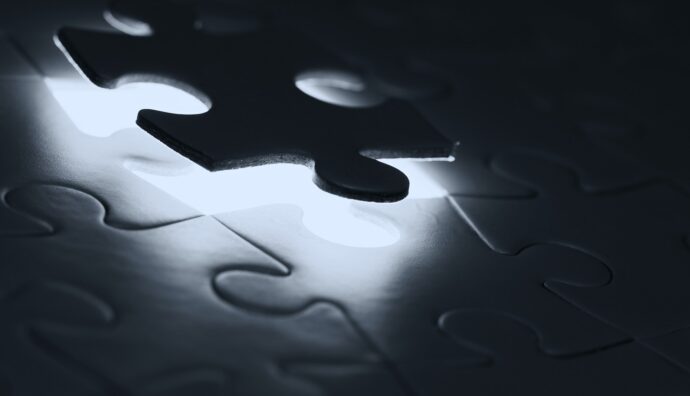John Stevens, in “The Art of Peace“, collects sentences and quotes said and written by Morihei Ueshiba -or simply attributed to O’Sensei.
Among the many sentences, one of the most suggestive is precisely the one that gives the title to this post. What does it mean that Aikido consists in “fulfilling that what is lacking”?
Many interpretations can be given. We like to think that a discipline that is based on the connection between two individuals and on taking each other’s balance by managing full and empty spaces may highlight many other full and empty spaces. And help rebalance them.
If, in the imagination, “fulfilling what is lacking” recalls the concept of filling a void, we can actually say that the practice of a martial discipline re-educates the whole psychophysical system to become aware of its full and empty spaces.
There are dimensions of our existence that are too full and need to be emptied for a more balanced life (too many thoughts, too badly organized schedule, too many words, too many social masks).
And there are areas of our being that are too poorly attended to. For instance from nutrition to physical overall condition; from the struggle to build a network of healthy and non-toxic relationships to the laziness in cultivating new interests and hobbies.
Therefore, from this point of view, knowing how to recognize and manage full and empty spaces can change our balance. Just like in technical practice.
It is therefore a matter of expressing a stable balance but which also knows how to maintain its stability in the flow of a fast society. And to do this it is necessary that the humble daily work on the tatami can be carried out in a serene and clean environment. In a word: it must be serious.
Aikido can lack seriousness, for instance, not so much when the facade of formalism is lost in favor of a more relaxed atmosphere – and why not, an environment where you can even smile. Rather, when the technical study gets lost in the fractal spirals of its infinite possible combinations, without this serving any advancement of the practitioner, which is not only technical.
Or, vice versa, when the technical study ends and the practitioner gets lost in the fractal spirals of infinite words, very well shaped yet often incomprehensible to most, of subtle paths. So subtle that they are no longer even viable.
Or, again, when the technical study claims to have the prevail over the non-technical one, denying dimensions that are not exclusively linked to the physical geometry of the Budo.
In Aikido, we often lack the humility to recognize that tradition is a gift to be preserved because it is the booster for venturing new perspectives. If the automotive market were guided only by respect for tradition, our streets would be full of Ford’s Model T, without the possibility of anything new. Choosing to go on a museum piece despite having all the possible mobility devices available is a shame. You can get from A to B in many ways.
The paroxysmal repetition of exercises and forms contained in technical programs is often seen as a point of arrival – and in some ways it is – but it risks becoming an overly full cup that can never contain anything else.
It therefore seems that Aikido lacks the humility to recognize that the minimum set, the aforementioned journey from A to B, can and must be transmitted to all those who approach it: large and small, talented and less talented. From this point of view, it is also true that many are interested in getting from A to B and staying there, in a consolidated technical routine. To do this, however, Aikido often lacks a clear awareness that the technical language, expertly expressed according to the recipient, serves to athletically generate people with some additional motor skills in order to give rise in them the desire to be, training after training, better people.
This is the journey from A to B. And this explains why it is a shame that Aikido often lacks the dignity of being recognized as an activity like many others that populate the facilities where the Martial Arts and other sports are practiced. We are the poor cousins – of poor, yet, of course, noble families – who often act as stopgaps in the schedules in which precedence is always and in any case given to others.
If in Aikido we therefore restore the missing link in many aspects of society, which is the person; if we put the human being at the center, then it will become clearer how to use the treasure of tradition to make available to everyone what each one needs to make a path to improvement. The forms will make sense because they will frame real people and not vice versa, promoting freedom and responsibility at every level and revealing, in everyone’s eyes, the beauty of reality that shines behind every movement, even the simpler, when it is done illuminated by the search for meaning.
Disclaimer: Picture by Edge2Edge Media from Unsplash

